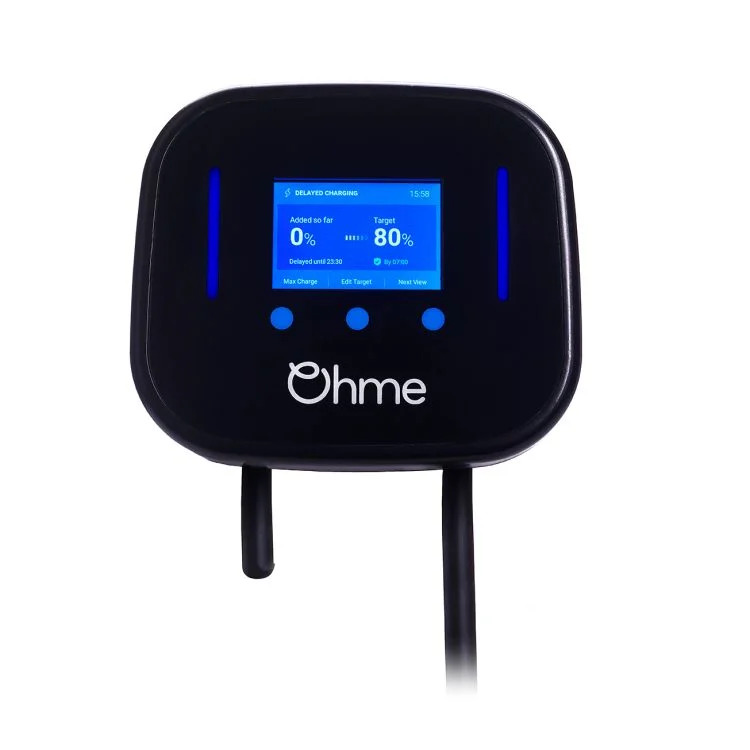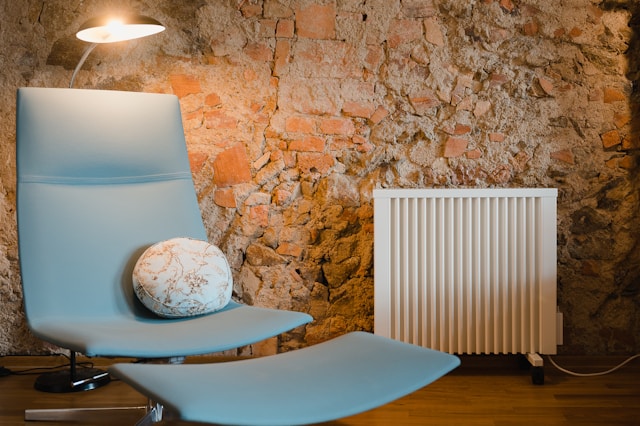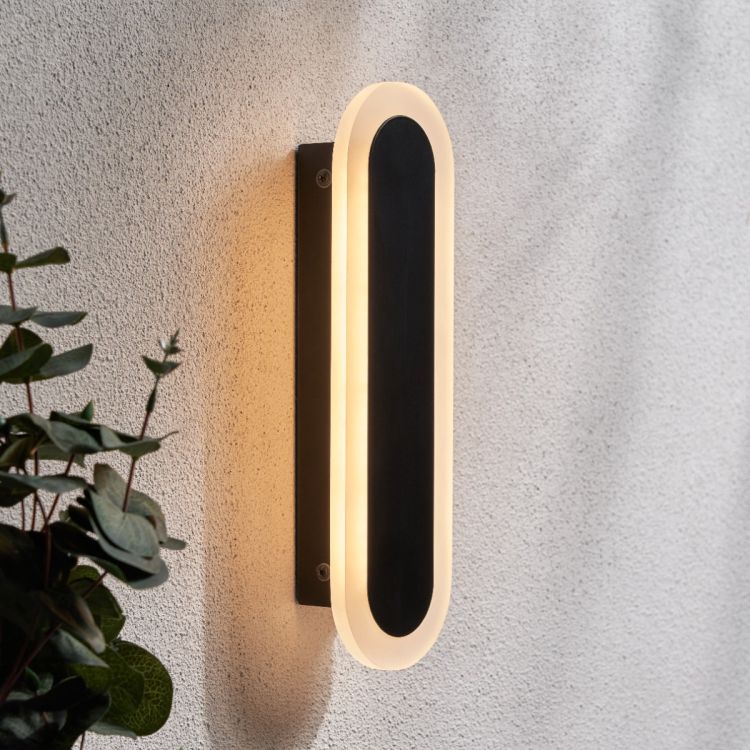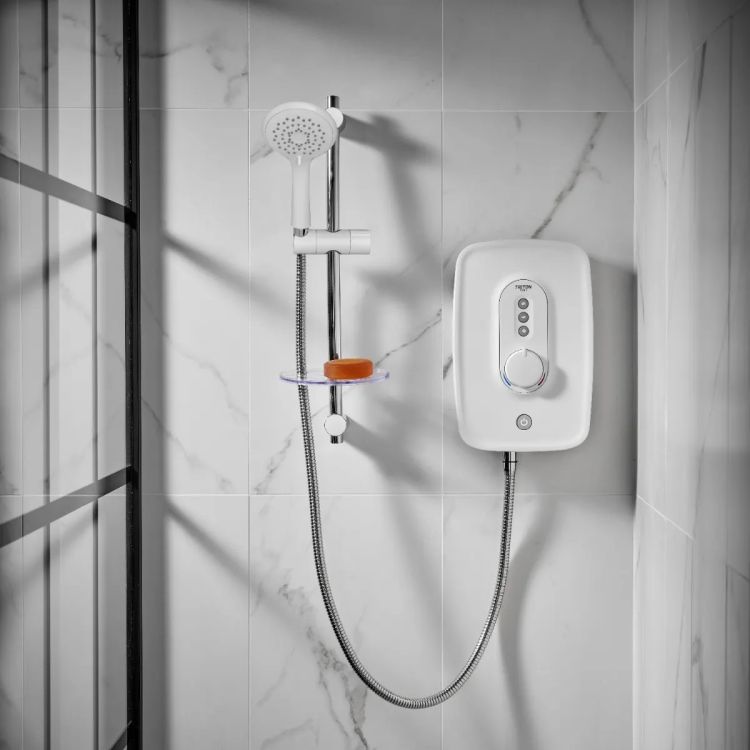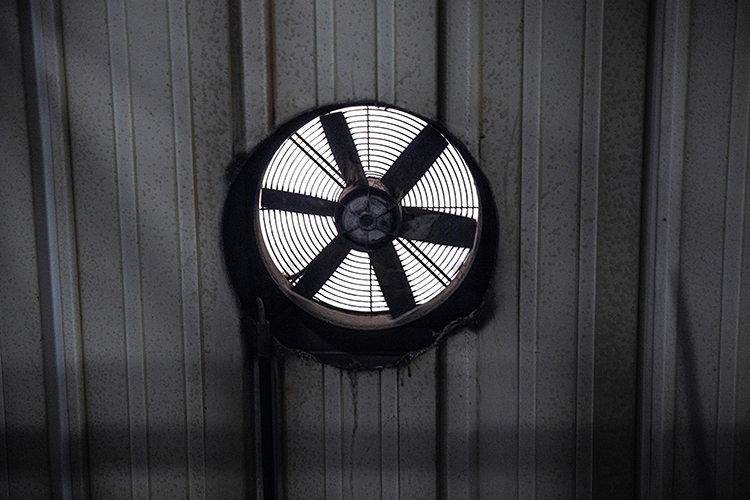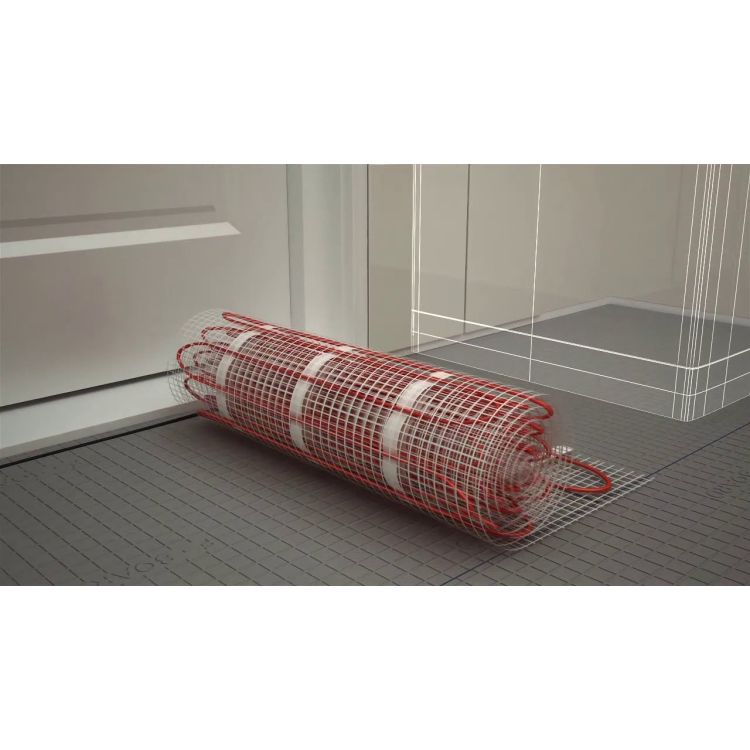Is Electric Underfloor Heating Expensive to Run?
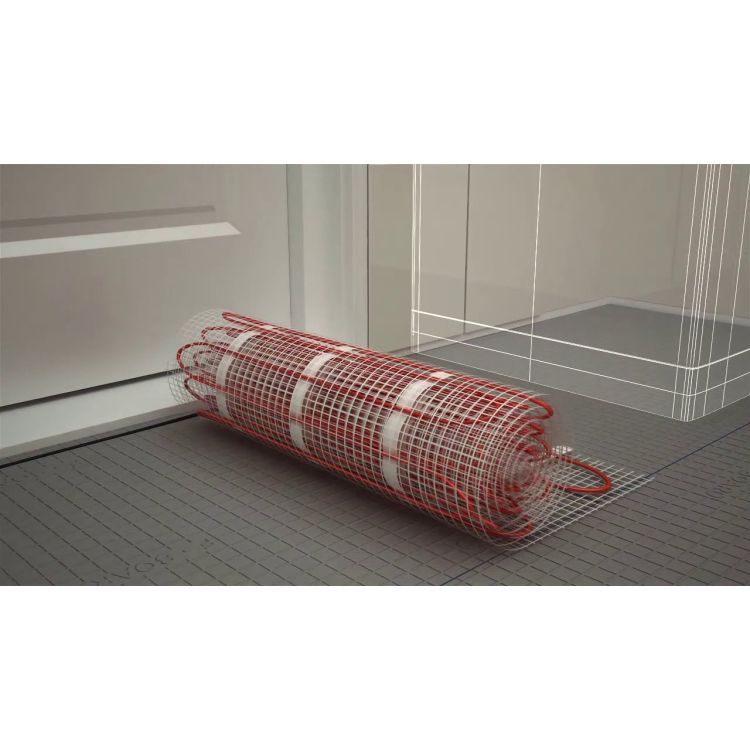
Electric underfloor heating is often praised for its comfort and efficiency, but many potential users are left wondering about the running costs. With energy prices fluctuating and concerns about sustainability growing, it’s a valid question: is electric underfloor heating expensive to run?
Understanding How Electric Underfloor Heating Works
Electric underfloor heating systems use a network of heating cables or mats installed beneath your flooring. When activated, these cables generate heat, warming the floor and radiating warmth throughout the room. Unlike traditional radiators, underfloor heating provides consistent, evenly distributed heat, eliminating cold spots and creating a cosy atmosphere.
This type of heating is typically controlled by a thermostat, allowing precise temperature regulation and scheduled heating periods. Because of its design, electric underfloor heating is most effective in smaller spaces or as a supplementary heating solution.

Factors Influencing Running Costs
Several variables affect the cost of running electric underfloor heating, including:
Energy Prices
The cost of electricity in your area is one of the most significant factors. In the UK, electricity is generally more expensive than gas, which can make electric heating seem costlier. However, the efficiency of underfloor systems often offsets this to some degree.
Insulation
Proper insulation plays a crucial role in minimising heat loss. If your home is well-insulated, the underfloor heating system will need less energy to maintain the desired temperature, reducing overall costs.
Flooring Type
Different flooring materials have varying levels of thermal conductivity. For instance, tiles and stone are excellent heat conductors and work well with underfloor heating, while carpets and wood may require higher temperatures to achieve the same effect, potentially increasing running costs.
Usage Patterns
Your heating habits will also impact costs. Heating a room to a high temperature for long periods will naturally consume more energy than using a lower temperature setting or limiting use to specific times of the day.

Comparing Costs to Other Heating Systems
To determine whether electric underfloor heating is expensive to run, it helps to compare it with other common heating options:
Gas Central Heating
Gas central heating is usually cheaper to run due to the lower cost of gas compared to electricity. However, radiators can create uneven heat distribution, leading to higher thermostat settings and wasted energy.
Electric Radiators
While electric radiators are also powered by electricity, they often consume more energy to achieve the same level of comfort as underfloor heating. This is because they heat the air directly rather than using radiant heat.
Oil-Filled Heaters
Portable oil-filled heaters are inexpensive to purchase but can be costly to run for extended periods. They’re best suited to temporary or supplementary heating rather than as a primary solution.
Tips to Minimise Running Costs
If you decide to install electric underfloor heating, there are several ways to keep your energy usage and bills as low as possible:
Invest in High-Quality Insulation
Good insulation beneath the heating system prevents heat from escaping downwards, directing it into the room instead. This reduces the energy required to maintain a comfortable temperature.
Use a Programmable Thermostat
A programmable thermostat allows you to set precise temperatures and heating schedules, ensuring that the system operates only when needed. Smart thermostats can also adapt to your usage patterns, further optimising efficiency.
Choose the Right Flooring
Opt for flooring materials with high thermal conductivity, such as tiles or stone. These materials heat up quickly and retain warmth longer, reducing energy consumption.
Heat Specific Zones
Zoned heating lets you focus energy use on specific areas rather than heating your entire home. This is especially useful for rooms that are used less frequently.

The Verdict: Is It Expensive?
Electric underfloor heating can be more expensive to run than some alternatives, particularly gas central heating. However, its efficiency, comfort, and even heat distribution make it a popular choice for many homeowners. By investing in proper insulation, choosing the right materials, and using a smart thermostat, you can significantly reduce running costs and enjoy the benefits of this modern heating solution.
For smaller spaces or occasional use, electric underfloor heating can be a cost-effective way to enhance comfort without relying entirely on traditional heating systems. Ultimately, whether it’s expensive depends on your specific circumstances, including your energy rates, home insulation, and heating habits.
Electric underfloor heating offers a luxurious and efficient way to warm your home, but its running costs depend on various factors. By understanding these factors and implementing cost-saving measures, you can make this heating solution work for your needs and budget. Whether you’re upgrading a bathroom, heating a conservatory, or adding warmth to a kitchen, electric underfloor heating is a valuable option worth considering.
Filter by category
Tags
Topics




